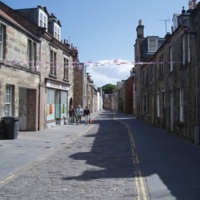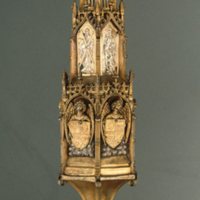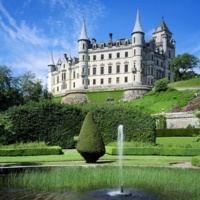Browse Items (1085 total)
Sort by:
Images relating to medieval St Andrews
(From left to right) The Mace of the Faculty of Arts. See also: http://www.st-andrews.ac.uk/musa/see/starobjects/stsalvatorsmace/ A seal depicting the cathedral The seal of the University of St Andrews The university seal matrix The Statutes of St…
Tags: burgh, church, images, seals manuscripts, St Andrews, statutes, town, university
Dunrobin Castle Museum
Tags: Museum






